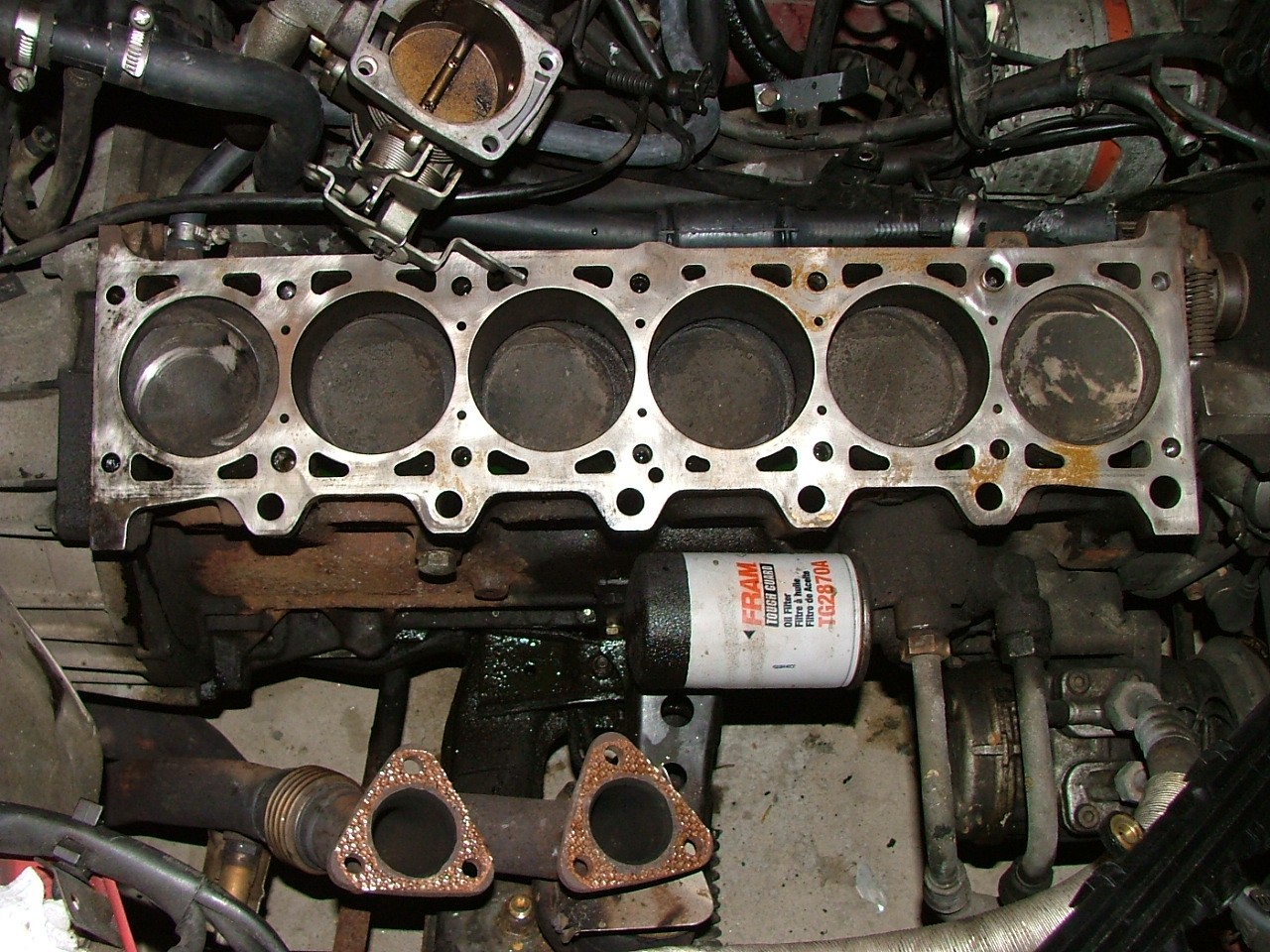
S-21 engine - what is the characteristic of the power plant used in Nysa, Zhuk and Tarpan?
Content
The S-21 engine was installed on Nysa, Zhuk and Tarpan cars. The drive was also under the hood of the iconic Warsaw, namely models 202, 203 and 223. Which engines did the designers follow? How many years did the production take? Is the S21 a good device? You will find the answers to these questions in our article!
S-21 engine without secrets - technical data
S-21 is a four-stroke unit. The 21-valve and OHV s2120 engine had a displacement of 3 cm70 and produced a maximum power of XNUMX ccXNUMX. The S-21 model used a carbureted power source, and the maximum torque was 150 Nm.
The C-21 engine was a stable running gasoline engine. It was distinguished by high durability, as well as low cost in operation - thanks to a simple uncomplicated design. The dry weight of the power unit with timing OHV was 188 kg.
S-21 operation - burning and maintenance of the unit
The C-21 engine was inexpensive to run. For example, Warszawa 203 with this engine required about 13-14 liters of fuel per 100 km in the city and 11 l/100 km on the highway. As for engine maintenance, the best solution was to do it every 3 km.
However, driving on the S-21 could have been more efficient - it mainly depended on the driving style of the owner of the vehicle. If he did not drive dynamically, then fuel consumption could be lower than in the case of the previously indicated data. The same applied to the maintenance, which was often carried out only after a run of 6 km. km without serious damage to the condition of the engine.
What project did the S-21 designers follow?
When designing the motor structure, the engineers strongly recommended the Warsaw-assembled motor, the M-20 model. Compared to the old version, the S-21 featured a completely new overhead valve cylinder head with pushrod valves. The engine block and exhaust and power systems, as well as those responsible for lubrication and power, were also upgraded.
Thanks to these changes, the compression ratio was significantly increased, as well as the charge exchange was improved, which led to lower fuel consumption. Due to the reconstruction of the selected elements and the addition of new ones, the power has also increased. Production lasted from 1962 to 1993 and ended with 1 units. The S-21 was replaced by the 4S90 diesel unit.
A photo. main: Anwar2 via Wikipedia, CC BY-SA 4.0
